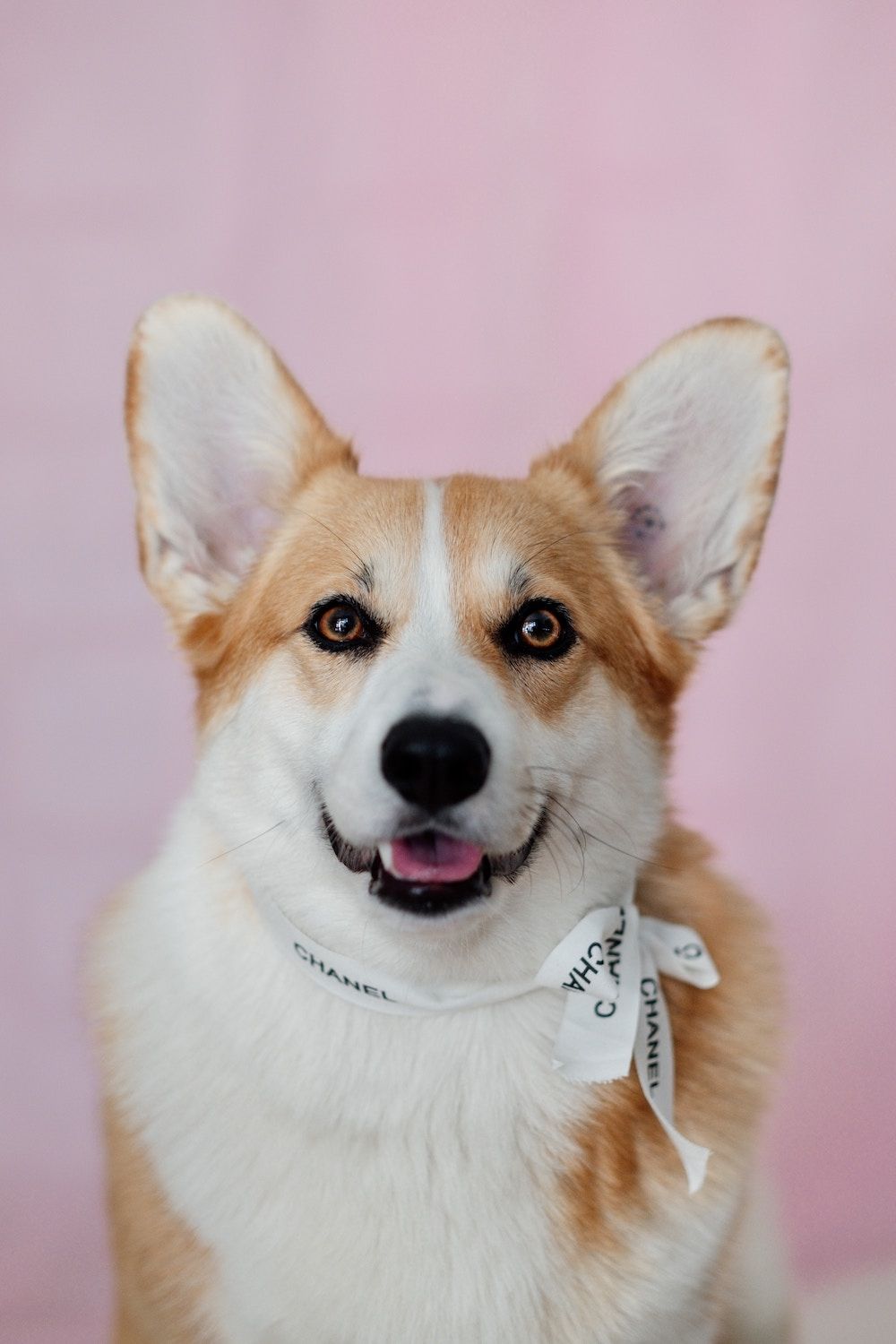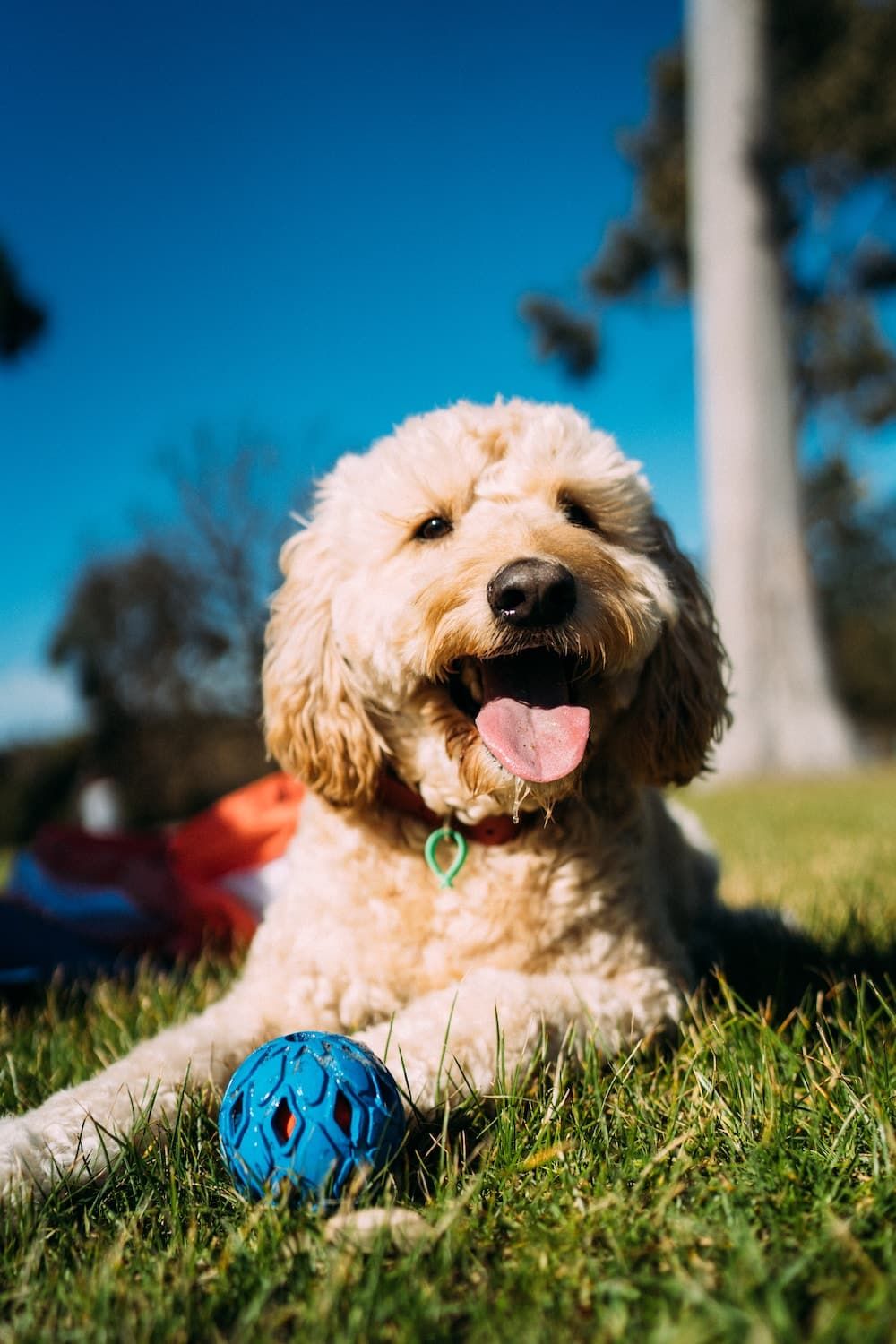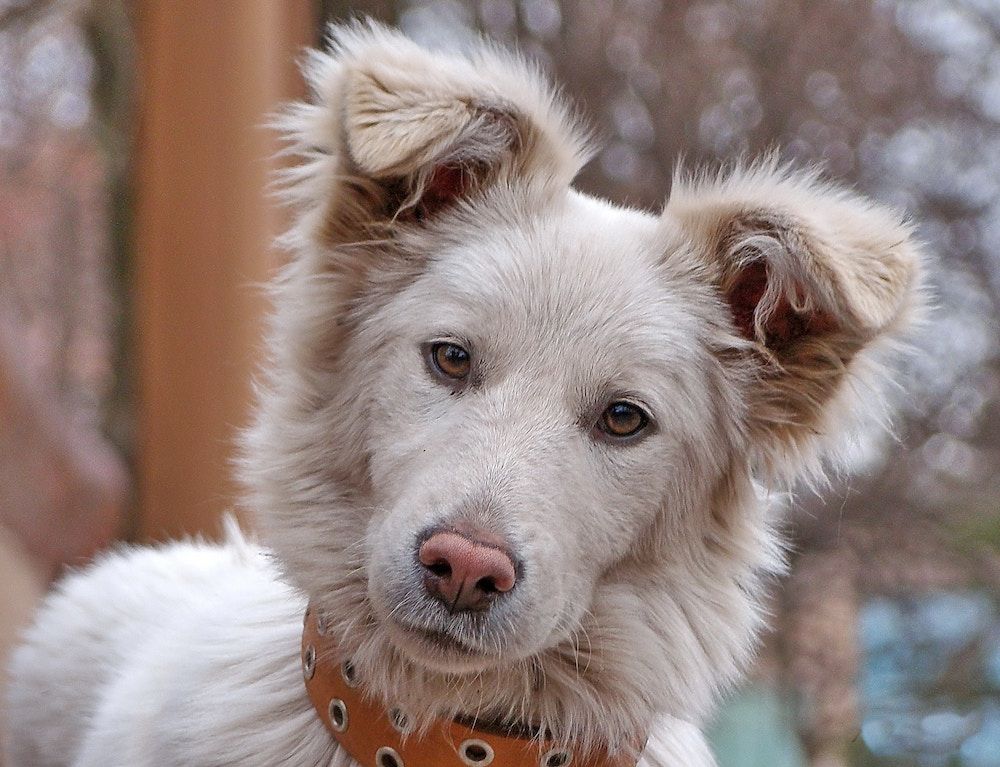Decoding Puppy Body Language
 November 28, 2023
November 28, 2023
As one of the most intimate pets, dogs communicate emotions, needs and wishes with their rich body language. Learning to undestand your puppy's body language will not only help you take better care of them, but also deepen the emotional bond between humans and dogs. This article will take you into the world of dogs and interpret their body language.
1. The importance of body language
A dog's body language is a natural way of communication, and they convey information through gestures, expressions, and actions. Knowing these body languages helps us better understand the dogs' emotions and needs, and increases mutual trust.
2. Common body language
Wagging tail: Usually means that the puppy is happy and excited. The faster the tail wags, the more excited it is.
Standing ears: Means that the puppy is alert and curious. Ears pressed to the head may indicate fear or unease.
Body posture: A low body and a tight tail may mean fear or submission; A straight body with a raised chest means confidence or challenge.
3. Ways to decode body language
When observing a puppy's body language, pay attention to the overall situation and details. Combining the dog's environment, sound, smell and other factors, you can more accurately understand its body language. At the same time, being patient and attentive, and building a trusting relationship with the puppy, helps to gain a deeper understanding of their inner world.
4. Practical application
By decoding a dog's body language, we can more accurately judge their emotions and needs. For example, when a dog is afraid, we can offer comfort and encouragement; When the dog is excited, we can accompany it to play together. In addition, learning to observe a dog's body language can also help detect health problems in time and provide them with better care.
In general, knowing the dog's body language is the key to establishing a deep emotional bond between humans and dogs. By observing, understanding, and applying body language, we can better meet the dogŌĆÖs needs and promote communication and trust with each other.

What Should I Pay Attention to When Grooming My Dog


The Key to Successful Pet Sales: Effective Pet Marketing Strategies


The Benefits of Pet Can Milk: Provide Comprehensive Nutritional Security for Your Pet


What Does the Ragdoll Cat Like to Eat


Are Maine Coon Cats Easy to Keep


Chinese Pet Goldfish Invade North America


A Seven-year-old Chinese Dog Has Won a Competition to Be the World's Ugliest Dog


Russia's 18-year-old Pet Dog Came Back to Life















